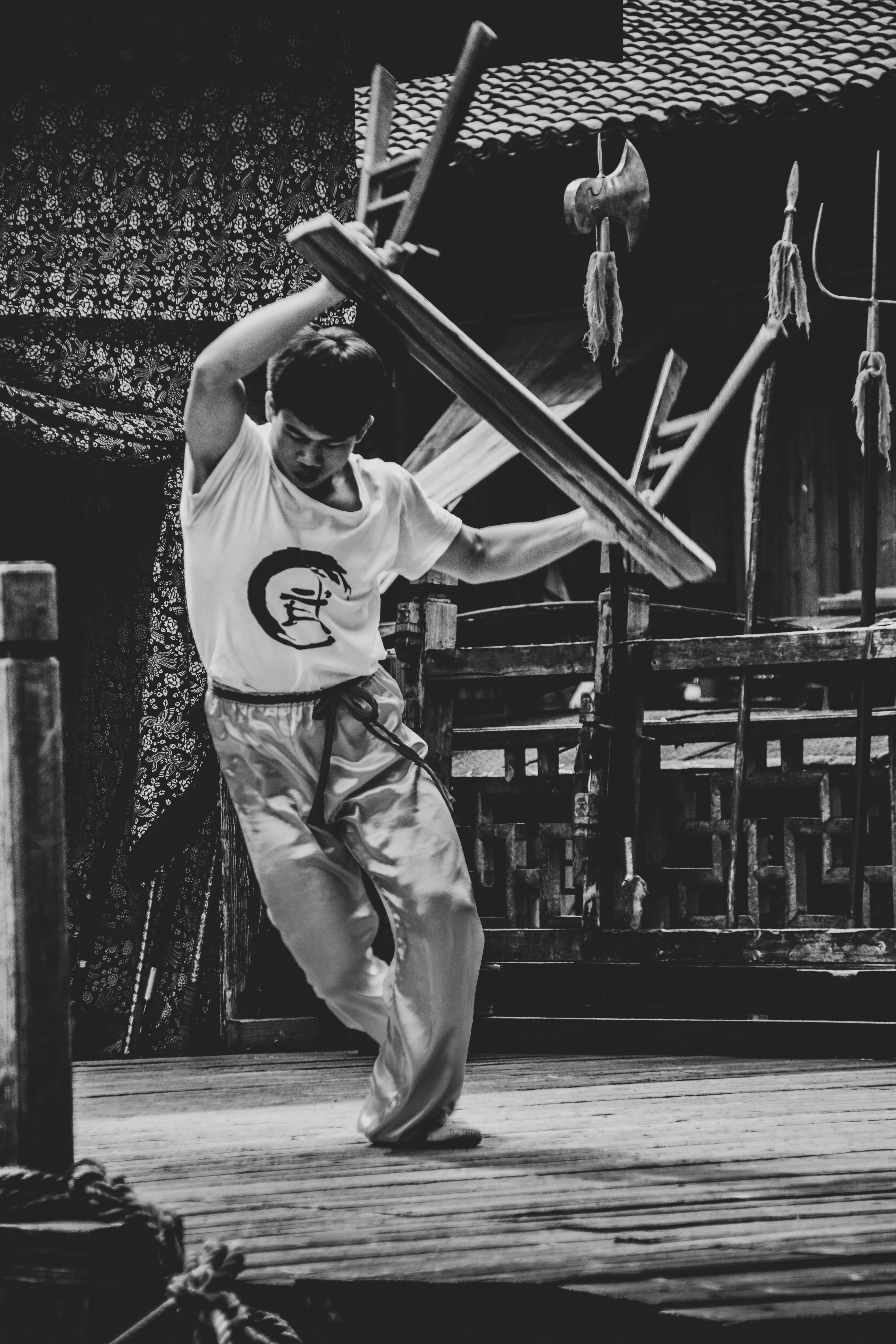AI-driven applications can simulate training scenarios, allowing individuals to engage in virtual sparring or receive real-time critique on their techniques.
As Wing Chun practitioners consider the implications of AI in their training,
it is essential to assess the balance between technological support and the irreplaceable value of traditional mentorship.
Understanding the evolution of martial arts training, alongside the
transformative potential of AI, informs a broader conversation about the future of learning this complex art form.
Benefits of AI in Learning Wing Chun
The integration of artificial intelligence (AI) in martial arts training, particularly in Wing Chun,
offers a myriad of benefits that can enhance the learning experience.
One significant advantage is the provision of personalized feedback loops.
AI-driven applications can analyze a student’s movements in real-time, providing instant corrections and suggestions tailored to their unique skill set.
This individualized attention is often difficult to achieve in traditional classrooms,
where instructors may not have the capacity to focus solely on one student during group sessions.
Moreover, data-driven performance analytics represent another powerful benefit of AI in Wing Chun.
By collecting and analyzing training data,
AI systems can identify patterns in a practitioner’s technique, highlighting strengths and areas needing improvement.

Videos are added as random thoughts 💭 💭..
This granular analysis can help learners progress at a faster rate as they can work specifically on the aspects of their practice that require attention.
Such technology empowers students by offering insights that might not be noticed during regular training with a human instructor.
Accessibility is also notably improved through AI technology.
With online platforms and mobile applications now available,
practitioners around the world can access Wing Chun training materials regardless of their geographical location.
This democratization of learning allows individuals who may have previously faced barriers
—such as limited access to qualified instructors or high training costs—to engage with Wing Chun effectively.
Furthermore, AI-driven solutions can often be more cost-effective than traditional training methods,
making it easier for learners to invest in their martial arts education.
Examples of existing AI technologies in martial arts include virtual training applications and wearable feedback devices that enable practitioners to receive immediate,
actionable insights into their technique and performance.
Such innovations not only complement traditional training methods but can also serve as a catalyst for the next generation of Wing Chun practitioners.
Drawbacks and Limitations of AI as a Sifu
The integration of artificial intelligence in martial arts training, particularly in disciplines such as Wing Chun, presents varied challenges and limitations.
Among the most significant is the absence of physical touch that a human instructor naturally provides.
When training in Wing Chun, precision in techniques such as stances, strikes, and footwork is critical.
A human Sifu can physically guide a student, offering tactile feedback that is essential for correcting form and technique.
AI, lacking this ability, may miss out on vital aspects of physical training that are fundamental to mastering martial arts.
Moreover, the nuances of human interaction play a pivotal role in effective teaching methodologies.
Students often benefit from the nuanced communication that a skilled instructor offers—gestures, facial expressions, and emotional cues.
These elements foster an environment of understanding and encouragement, essential for learning complex techniques like those found in Wing Chun.
While AI systems can simulate responses, they often lack the depth of emotional intelligence required to motivate students or read their reactions accurately during practice sessions.
Additionally, real-time adjustments made by human instructors significantly enhance the learning experience.
An accomplished Sifu is capable of evaluating a student’s performance on-the-spot, providing immediate feedback that is critical in martial arts training.
This instantaneous correction helps students develop their skills in a dynamic manner, which can be challenging for AI to replicate accurately,
as it relies on pre-coded algorithms and may not adapt swiftly to unique circumstances or individual learning styles.
Expert opinions suggest that while AI can serve as a supplementary tool for martial arts training, it should not replace the invaluable insights offered by a seasoned human instructor.
Researchers have highlighted cases where students trained solely with AI reported difficulties in nuanced aspects of performance and engagement. Consequently,
while the potential of AI in martial arts is undeniable,
its limitations must be acknowledged in the quest for mastery in Wing Chun.
The Future of Wing Chun Training: AI versus Traditional Sifu
The evolution of technology has undoubtedly permeated various aspects of life, including martial arts.
In the context of Wing Chun, a traditional Chinese martial art known for its practicality and efficiency,
the advent of Artificial Intelligence (AI) poses significant questions regarding the future of training methodologies.
AI technologies, particularly those designed for educational and instructional purposes,
have shown promise in simulating training scenarios, providing feedback, and enhancing learning experiences.
However, the critical examination of whether an AI can effectively substitute a traditional Sifu reveals both potential advantages and inherent limitations.
One primary advantage of AI-based training is accessibility.
Individuals interested in learning Wing Chun may not have immediate access to qualified instructors due to geographic, financial, or logistical constraints.
An AI application tailored for Wing Chun can bridge this gap,
allowing users to engage with instructional content, analyze their movements, and receive real-time feedback in a convenient format.
This flexibility can democratize martial arts training, making it available to a broader audience without sacrificing foundational skills.
Nevertheless, the nuances of Wing Chun extend far beyond mere technique repetition.
The traditional Sifu embodies a wealth of experience, intuition, and contextual understanding that AI currently struggles to replicate.
The relationship between a student and a Sifu is often built on trust, mentorship, and personal interaction,
elements that foster emotional intelligence and adaptability—qualities essential for mastering martial arts.
AI, while an excellent resource for supplementary training, may lack the ability to provide the same depth of understanding and personal connection.
In considering the future landscape of Wing Chun training,
it is apparent that AI could serve as a valuable supplement alongside traditional methods
While it can facilitate learning and skill development, it cannot fully replace the irreplaceable qualities of human instruction.
Therefore, as technology continues to develop, martial artists must thoughtfully assess the role of AI in their training, weighing its benefits against the irreplaceable insights offered by experienced Sifus.
Thanks 👍 👍



